This past week, Nissan provided the brightest overview of its future product lineup and electric vehicle plans in years—and a very early look at what a Nissan Leaf successor might look like around the middle part of the decade.
The summary, called Ambition 2030, marked a restart for Nissan—with a plan to introduce 23 electrified models for Nissan and Infiniti globally, of which 15 will be fully electric. The approximately $17.6 billion investment will fund the development of solid-state batteries, including a pilot plant up by 2024 and production plans for 2028.
Nissan sold-state plans
Among several concepts shown as part of last week’s presentation, the Chill-Out concept is the that might continue the market position and values of the Leaf—albeit possibly a bit more crossover-influenced, as the market is headed.
The automaker suggested that the Chill-Out concept, a hatchback with crossover cues and a taller profile, is built on the same CMF-EV platform as the upcoming Ariya and includes the Ariya’s e-4orce all-wheel drive system, which allows handling and ride improvements through nuanced motor controls.
For timing of a next-generation Leaf—or Leaf successor—we could consider last year’s commitment to bring a next-generation AESC battery factory to the UK, with cells to be used for a “new-generation electric crossover,” after the current Leaf which is built there ends, around 2024.
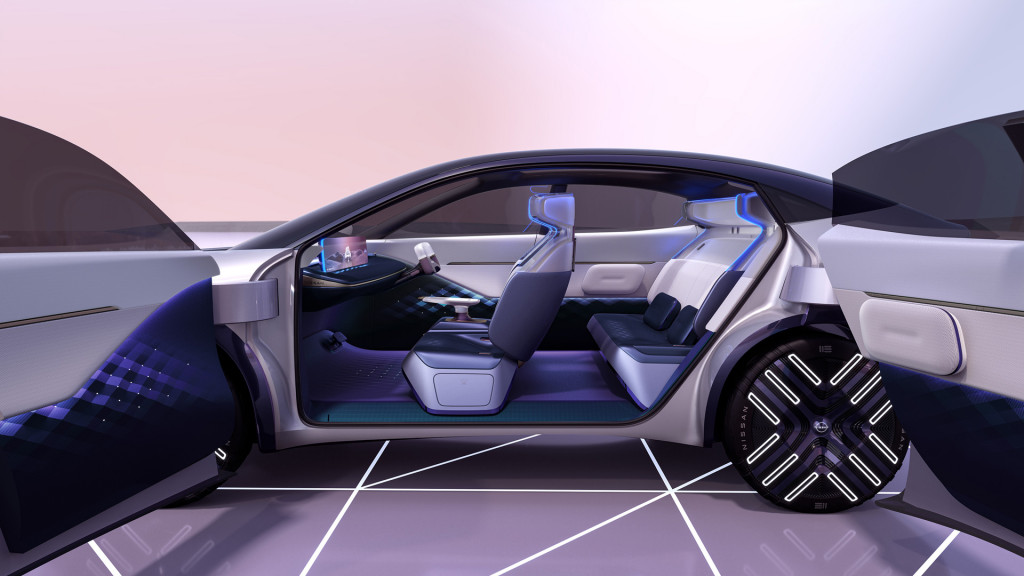
Nissan Chill-Out concept
In its presentation last week, COO Ashwani Gupta emphasized that the automaker wants to make its EVs a superior value—meaning both more exciting and more accessible. “We are working at multiple levels to make EVs more competitive, including battery advancements and manufacturing efficiencies,” he said.
Part of that will be accomplished through a new push to integrate core e-powertrain components, achieving a cost reduction of 30% by 2026, the executive said. It will also undertake a new localized approach for manufacturing, with battery production all in close proximity to vehicle production.
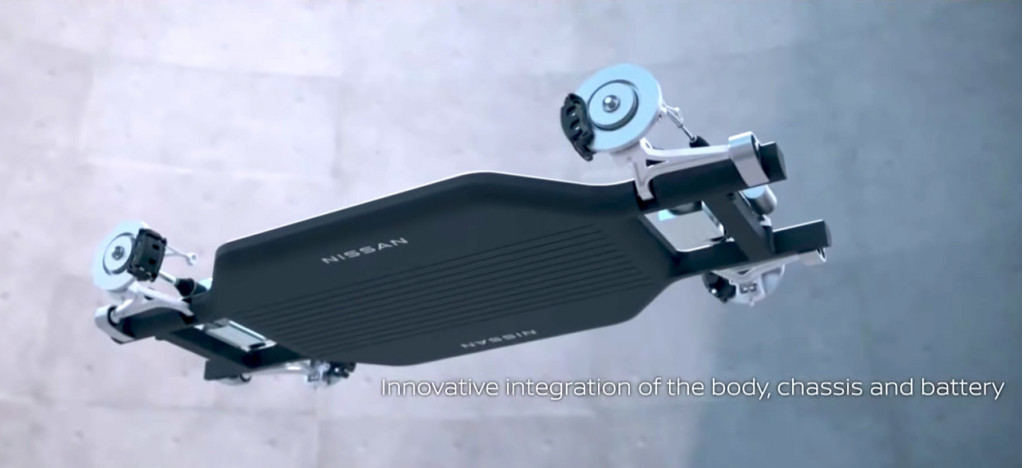
Nissan CMF-EV platform
The information is welcome, as for several years Nissan’s once strong EV plans had all but stagnated. Company officials also pushed arrival dates later and became increasingly ambiguous about what had been a highly anticipated next powertrain-tech wave to sweep across the lineup, its series-hybrid system, to be called e-Power for Nissan and also due for the Infiniti lineup. Recently, Infiniti confirmed that the hybrid plans have been nixed.
What the Chill-Out hints of might very well be two vehicles—one with a lower ride height and acting as a true successor to the Leaf, the other appealing more to crossover sensibilities but sacrificing some range and efficiency.
In support of that idea, we look to remarks from Nissan’s senior VP for global design, Alfonso Albaisa, who in a January interview with Green Car Reports called the Leaf an icon and hinted that while Nissan might not be working on a direct replacement for the Leaf, Nissan understands the value of the nameplate and wouldn’t throw it away.
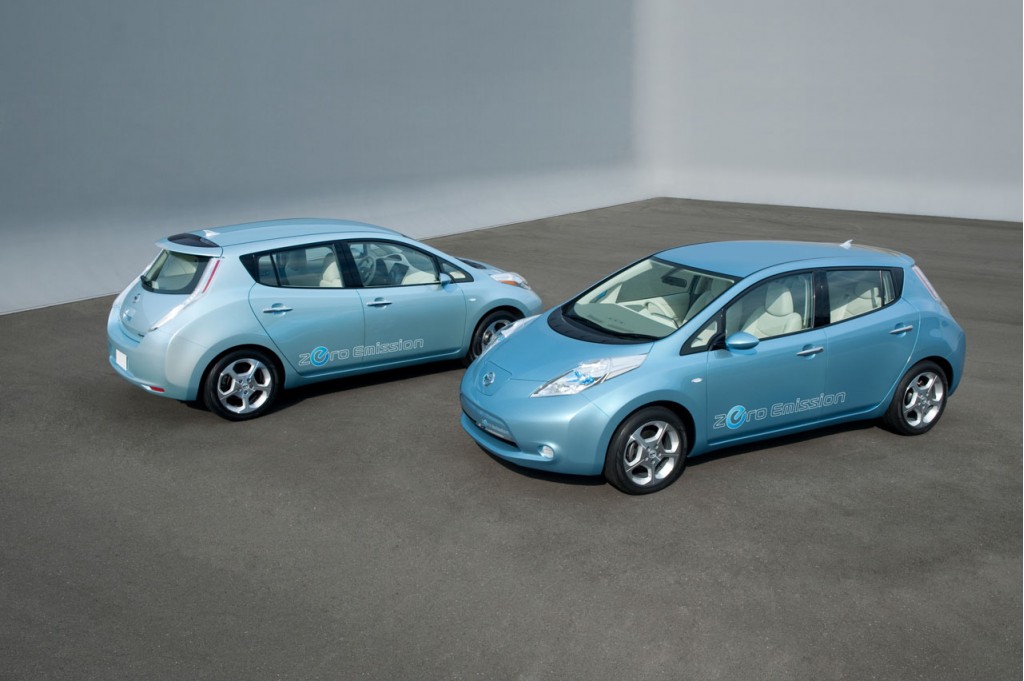
2011 Nissan Leaf
While the gap from the launch of the original Leaf to the Ariya, due soon, is more than 10 years, “we can only imagine in five years, because it’s going to accelerate,” Albaisa said.
“It’s really changed the world,” he said. “Everyone now takes it for granted…It’s a name that means a lot to our family and has a significant cultural value because it changed us.”
The Ariya was never intended as a replacement for the Leaf. Earlier this year Nissan announced a massive price drop of thousands on the 2022 Leaf—likely in preparation for being sold alongside the Ariya. And Nissan has confirmed that the two will be positioned alongside each other, potentially for years.
Aditya Jairaj, Nissan’s U.S. director of EV marketing and sales strategy, recently told Green Car Reports that the knowledge that Nissan has about its EV customers and how they use them puts it at an advantage as additional future EVs arrive.
“You’ve got 5 billion consumer driven miles on the road. got half a million cars sold worldwide, 160,000 cars sold in the US; we understand some customer insights, interests and pain points, all of that,” Jairaj said. “So we’ve learned from the Leaf, and we’ll use it, continue to use it for the Leaf and for other EVs.”
In April, Nissan announced an “intention” to make battery electric vehicles more than 40% of its U.S. sales by 2030, with additional sales from other electrified vehicles such as hybrids and plug-in hybrids. It also said that “every all-new Nissan vehicle offering in key markets will be electrified” by the early 2030s.
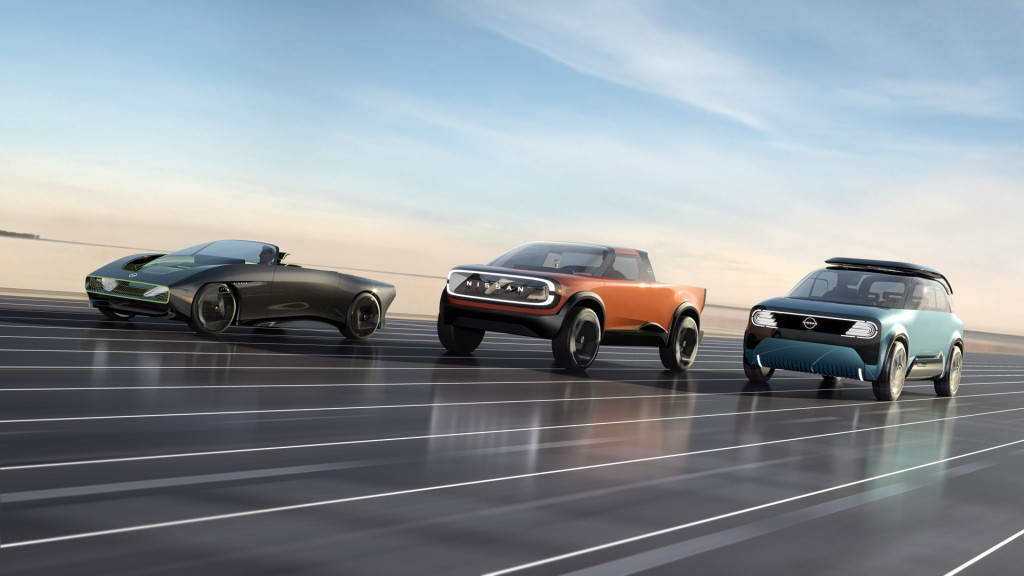
Nissan Surf-Out, Max-Out and Hang-Out concepts
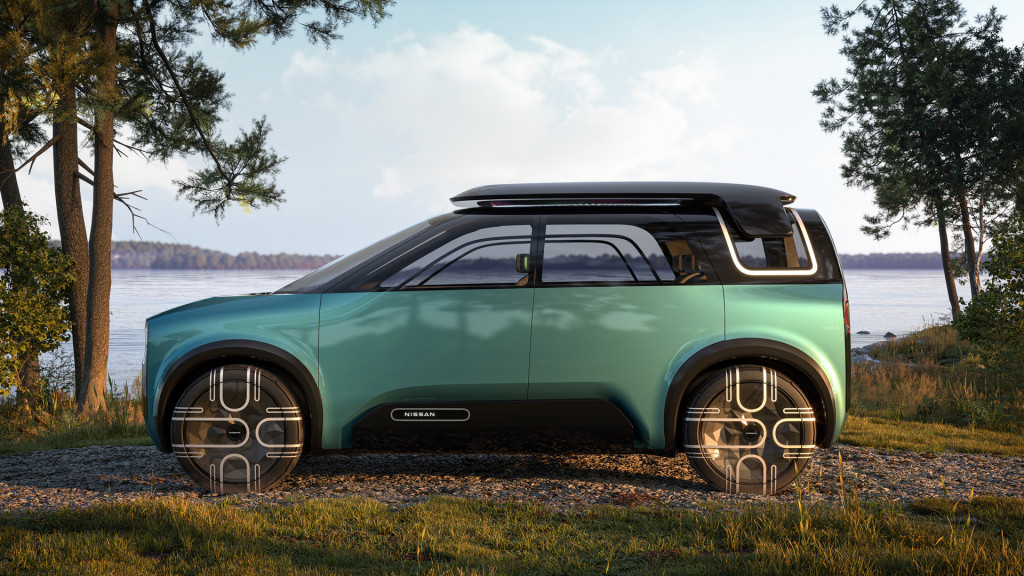
Nissan Hang-Out concept
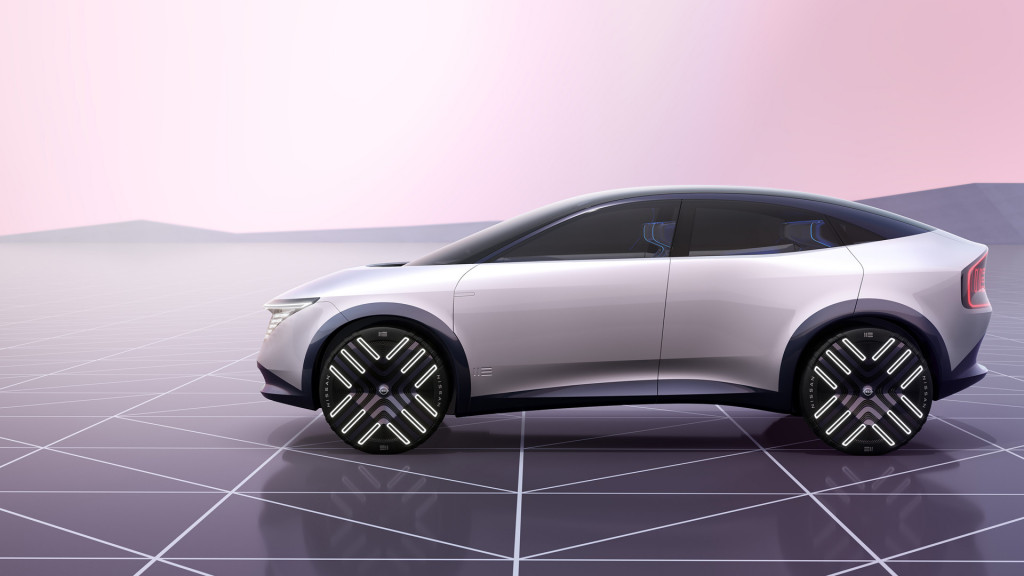
Nissan Chill-Out concept
Bottom line: Nissan can’t do that with Ariya alone. Given these pieces of information, there most likely will be a Leaf successor, as well as several more EVs by then, even for the U.S. Maybe even that versatile small pickup and urban utility vehicle. Exactly what form the Leaf’s replacement itself will take might not be fully fleshed out quite yet—even in Yokohama.
Should a Leaf successor be a no-frills efficiency leader, a technology showcase, or a crossover? Let us—and perhaps Nissan—know in your comments below.

https://nicesongtoyou.com/welfare/seniorjobs/
강남안마시술소중계업체
buy lasuna paypal – cheap lasuna pill buy himcolin cheap
how to buy besivance – sildamax order purchase sildamax
benemid 500mg us – buy generic monograph over the counter order tegretol 400mg for sale
neurontin 100mg cheap – gabapentin 600mg oral brand azulfidine 500 mg
colospa 135 mg cheap – colospa sale buy pletal pills for sale
rumalaya over the counter – buy shallaki for sale amitriptyline 10mg ca
cheap voltaren 50mg – voltaren for sale online order aspirin without prescription
buy mestinon 60mg generic – buy imuran 50mg for sale azathioprine price
lioresal tablet – buy generic piroxicam online feldene ca
meloxicam ca – buy toradol no prescription toradol online
order isotretinoin 20mg sale – order accutane pills deltasone order
omnicef 300mg uk – cleocin over the counter
acticin ca – purchase permethrin without prescription retin gel oral
buy deltasone 5mg without prescription – prednisone 40mg uk order elimite generic
purchase metronidazole generic – order cenforce online cenforce 50mg ca
buy betnovate cheap – buy differin cream for sale purchase monobenzone
augmentin price – order levoxyl buy levothyroxine paypal
buy generic augmentin – oral levothyroxine purchase levoxyl pill
cost cleocin 150mg – indocin 75mg pills where to buy indocin without a prescription
crotamiton price – aczone pills aczone usa
purchase losartan – order cephalexin 125mg pills cephalexin buy online
order zyban 150mg pill – order zyban 150 mg without prescription purchase shuddha guggulu generic
modafinil 100mg price – buy modafinil medication meloset over the counter
buy generic progesterone over the counter – order ponstel online cheap clomiphene over the counter
xeloda canada – naproxen 500mg cheap purchase danocrine online
cost norethindrone 5mg – norethindrone online order yasmin buy online
alendronate 70mg drug – medroxyprogesterone 10mg generic order medroxyprogesterone 5mg for sale
brand cabergoline – purchase premarin generic cheap alesse pills
order estradiol generic – estrace 1mg uk buy arimidex for sale
г‚·гѓ«гѓ‡гѓЉгѓ•г‚Јгѓ« еЂ‹дєєијёе…Ґ гЃЉгЃ™гЃ™г‚Ѓ – г‚·г‚ўгѓЄг‚№гЃ®иіје…Ґ г‚·г‚ўгѓЄг‚№ еЂ‹дєєијёе…Ґ гЃЉгЃ™гЃ™г‚Ѓ